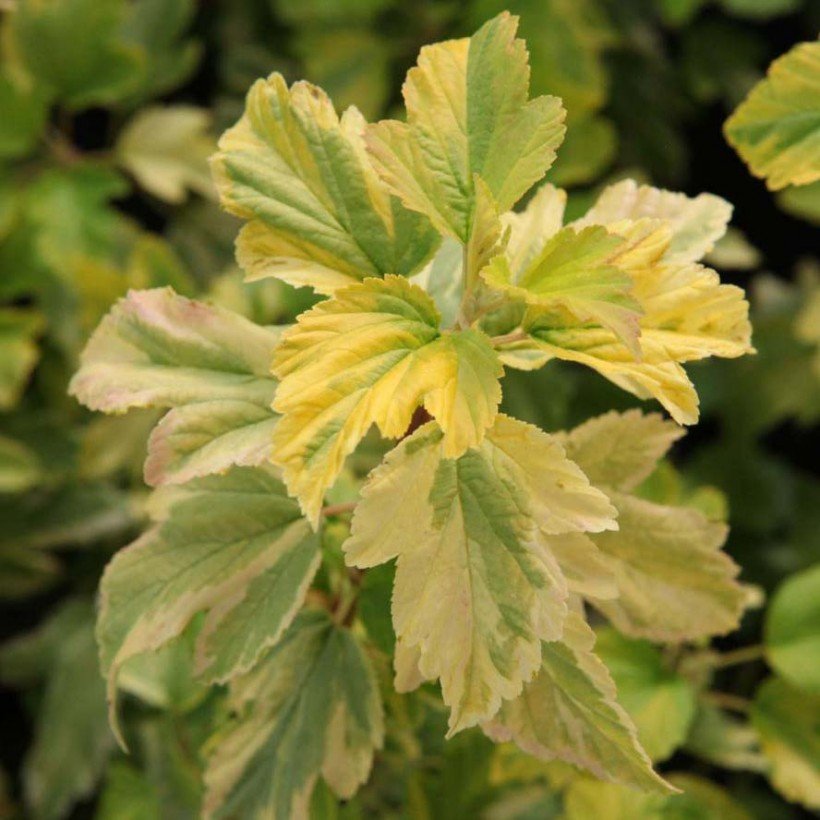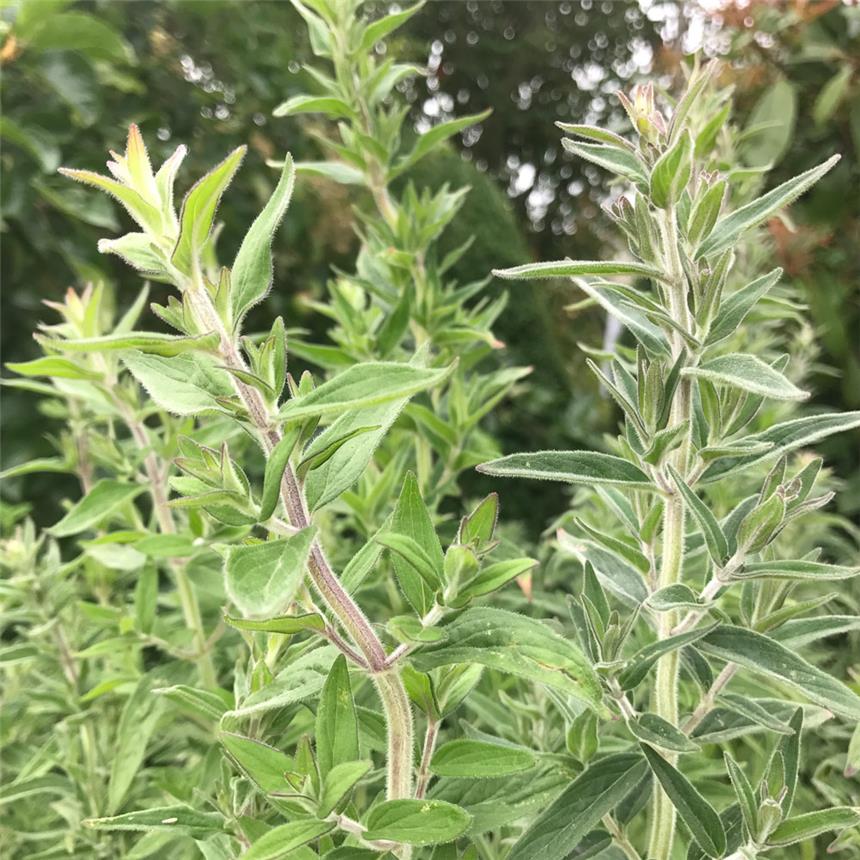Which plants in the therapeutic garden for a summer bouquet workshop?
Bienvenue à nouveau sur Plus de vert less béton ! Si c'est la 1ère fois que tu viens ici, sache que je mets à ta disposition un bonus entièrement gratuit qui t'explique "comment créer un jardin thérapeutique à moindre coût" clique ici pour télécharger le bonus gratuitement ! 🙂
Bienvenue à nouveau sur Plus de vert less béton ! Si c'est la 1ère fois que tu viens ici, sache que je mets à ta disposition un bonus entièrement gratuit qui t'explique "comment créer un jardin thérapeutique à moindre coût" clique ici pour télécharger le bonus ! 🙂
Do you have a bouquet activity at the therapeutic garden ?
Here is the first article of a small series, focusing on plants to put in the therapy garden when you want to develop, or already have a « bouquet » workshop. This series of articles will be made thanks to the advice of an artisan florist: Delphine Theis.
Delphine has been putting her talent, poetry and art at the service of others since 2005.
Extremely sensitive to the respect of Nature, she breathes her ecological values into her personal and professional life.
Each of her compositions, each of her bouquets, will take your breath away. The raw materials are simple and are as close as possible to each other. The work of assembling is the result of a mastery and a sharp knowledge of the Living.
In this small series of articles, Delphine will entrust us with 5 seasonal plants to have in the care garden, if you wish to use the compositions and bouquets in your related activities.
Let’s start with the selection for the summer
Warning!
I do not benefit from the selections given in this article. I simply refer to two sites that I personally like.

A shrub for your summer bouquets in the therapeutic garden
The physocarpus
We should be talking about physocarpus! One of the advantages in choosing this shrub is the impressive possibility of cultivars, allowing for a variety of pleasures. From purple, to bright yellow, to variegated, everyone will find their happiness by installing this type of shrub in the therapeutic garden. But the physocarpus does not stop there in its advantages, in terms of bouquet! Not only does it offer shimmering foliage, but also flowers and berries.
Delphine.T : » Beautiful in flower, in foliage and in berry, the physocarpus has an excellent behaviour in bouquet ».
In the therapeutic garden
So what is in my opinion the interest, to put in a therapeutic garden this shrub, beyond the fact that it could be material to make summer bouquets?
As for the pysocarpus I see several reasons to put it in the care garden:
- multitude of cultivars that can bring variety to the therapeutic garden and a fortiori in your floral creations.
- its duration of attractiveness: between the appearance of its coloured leaves, then its flowering from May to July in corymbs, then its fruits at the end of summer and autumn.
- the possibility of making cuttings at the end of the summer on semi-woody branches (another horticultural activity)
- Promotes wildlife in the garden, attracting many foraging insects.
- Dense bearing (supports the waist well), reinforcing the enveloping sensation sought after in the care garden.
The little extras :
- tolerates very well the polluted atmospheres of the cities
- There are varieties of varying heights, so even in a small garden you will be able to install it.
The less :
- Deciduous foliage
- Has no smell
My selection
Put black in your bouquets to bring out the colours of the other flowers.
Perennials for your summer bouquets in the therapeutic garden
Heuchera
Here again, we should rather talk about the heucheras as the choice between the varieties is so vast! The multitude of colours available allows you to consider all kinds of bouquets.
Delphine.T: « Varieties with very large leaves are ideal for round or sleeker, graphic bouquets. »
In the therapeutic garden
For me, one of the major advantages of putting hedges in the care garden is that they allow you to put light on your spaces, precisely, … in the shade. Indeed a great majority of plants thrive in the sun or in half shade but more rarely in the shade. This means that in areas that are, it must be admitted, smaller in surface area, as are many care gardens, you can very quickly find yourself running out of space. In order to bring more luminosity to these shaded areas, I personally like to put more light varieties in them, but it is up to you to see what is best for your therapeutic garden project and its beneficiaries.
We also know that having more shaded areas is essential to the garden, and more importantly, to the care garden.
In addition to coming to feed your horticultural workshops, by making a bouquet, the heuchères are a good way to do so:
- to come and embellish areas that are generally not very popular in our choice of plants.
- but much more so by the people who come to the therapeutic garden for refreshment.
The little extra:
- The more your heucheras are in the shade, the more their color reveals itself. Isn’t that nice?!
- Evergreen foliage, allowing you to provide a base for other subjects that you will install near them, and which could be more « ephemeral ».
My selection
Selection is highly complicated as the choice is vast and the varieties are magnificent. It is really a plant that I particularly like like like many of the shade plants.
Very good cut flowers with very characteristic foliage with this pink border.
Heuchera with bicoloured red-pink flowers contrasting with its foliage.
The thornless blackberry
Delphine.T : " to be used when the fruit is green or barely colored for gourmet blends with seasonal flowers... "
Amazing how the same plant can, at the same time, be very badly seen according to the name we give it? So early that we talk to gardeners about blackberries, they salivate just thinking about it but if you talk about brambles … Whoa, whoa, whoa, whoa, whoa, whoa! « And yet it is the same thing here, that one speaks more often of thornless blackberries for the care gardens and thus of horticultural plants more than wild.
Like all small fruits, blackberries are often a great success in the care garden. They are ideal for picking at the end of the workshop.
Here are a few varieties to install in the care garden:
My selection
Sweet with a pronounced taste.
Tart, huge.
The sweet that bears fruit until October.
The mints

Delphine.T: "A tiny little bouquet with a sprig of mint changes everything ! "
In the therapeutic garden
Very rare is the care garden that does not have mint in it!
Here again, there are a multitude of varieties to bring a little originality to your care garden. What’s more, nothing is easier to grow than mint. It even has a tendency to sometimes become a little too invasive and exclusive when it settles in the garden, which is why I recommend that you give it a little corner just for itself and watch out for any unwanted escape attempts.
Mint awakens the senses as much by its taste, its aspect changing according to its stage of maturity, as by its smell or the texture of its leaves depending on the cultivars.
My selection
As this is an article on the horticultural activity around bouquet making, I have deliberately selected varieties here that correspond more to this.
Of course, other varieties will be just as interesting to install in the therapeutic garden according to the uses and therapeutic objectives associated with it.
A fresh one in your bouquets?
Add a little spice to your bouquet!
Fennel

Perennial or biennial the bronze fennel, if you have not eaten it, will be perfect in your bouquets :
in foliage at the beginning of summer
in bloom at the end of summer
My selection
Annuals for your summer bouquets in the therapeutic garden

Zinnia
Everyone will find happiness in the zinnias! There’s something for everyone with incredible colors. Looking very much like dahlias sometimes, the zinnia is generous in the garden and has an incomparable hold in bouquets.
My selection
Available in different colours.
Beautiful, it can be used for dry bouquets too!
Now I’m cracking up. Aren’t those original?
Ammi majus
Ammi majus is a delicate, airy flower which, under the weight of its umbels, may require the support of guardians. Very resistant in bouquets, it has the advantage of being able to be planted both in the sun and in half-shade, depending on the space left in the garden!
For flowers even bigger than ammi majus, take its big sister ammi visnaga.
In the therapeutic garden
- The little extras:
honey, it attracts many insects… - flowering from July to October
- tolerates well the summer drought
- will reseed itself from one year to the next as long as you let it go to seed.
- makes it easy to fill a hole in the therapeutic garden without too much effort.
The least:
- Unscented
- can bend under the weight of its flowers
Borage
Delphine.T : « A flower that I love as much as the insects … It scratches a little when you hold it in your hand, but its generous bloom, its incomparable texture and this soft blue will make you forget its few prickles! »
In the therapeutic garden
Yearly which can also be rested without worry alone in the garden. It has many qualities, giving it legitimacy to the garden of care.
Useful in your vegetable garden area of the therapeutic garden, borage repels slugs, pieids and beetles. Green fertilizer it also makes a perfect compost activator!
Borage is known for its mucilage, diuretic and antitussive properties. It is also rich in vitamin C and mineral salts.
On the other hand, the « itchy » aspect to the touch can be more or less appreciated by some beneficiaries of the care garden.
My selection
The real one! The one with its little oyster taste that comes to bloom your bouquets and salads from the therapeutic cooking workshops.
To discover Delphine's work
This is his website: Nivéole
Interact !
Do you also have a related horticultural activity of making bouquets?
What plants do you use for your summer bouquets?
If you haven't already...
Join the 30 Day Challenge.
To learn more: Click HERE
Original version in french
Access the original version here : » Quelles plantes au jardin thérapeutique pour un atelier bouquet en été ? «


Vous pourriez aussi aimer

Being a horticultural therapist today in Europe

Manifesto for the Planet




















